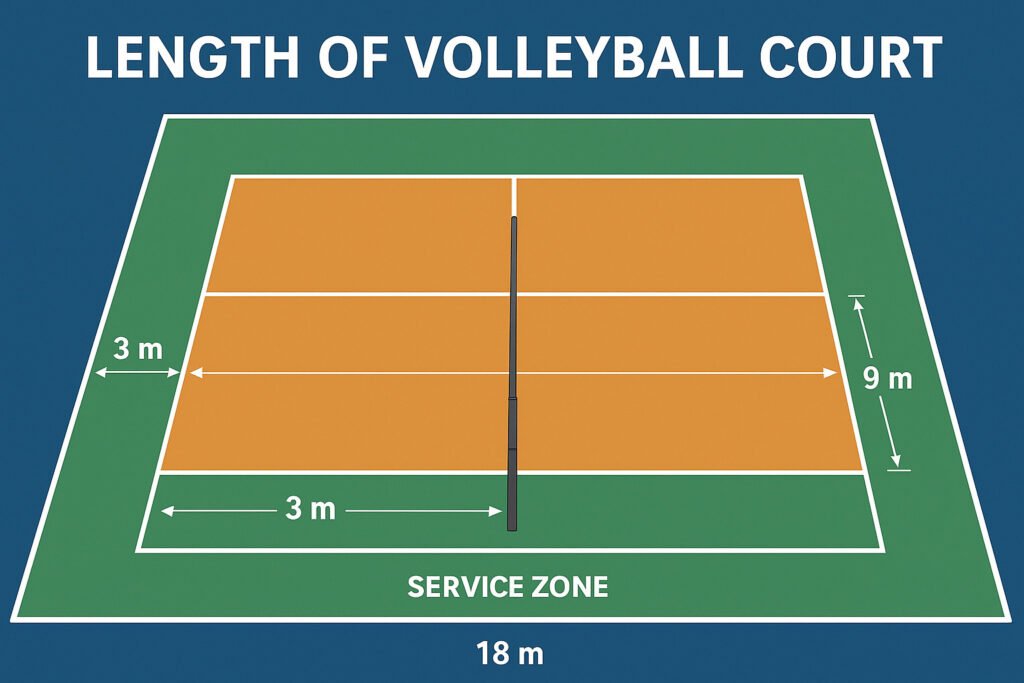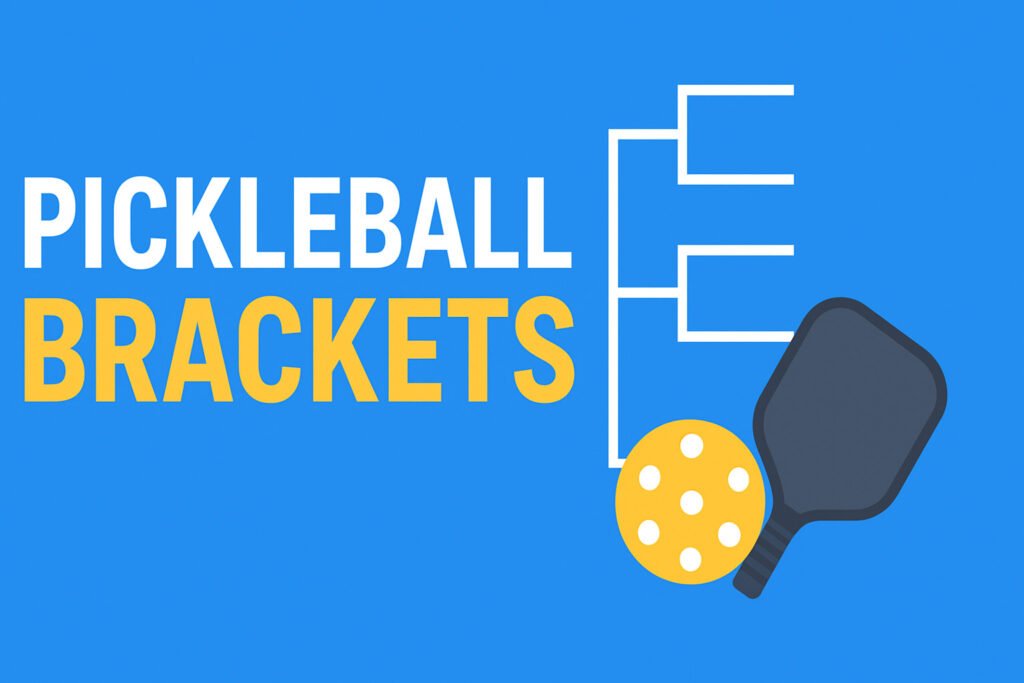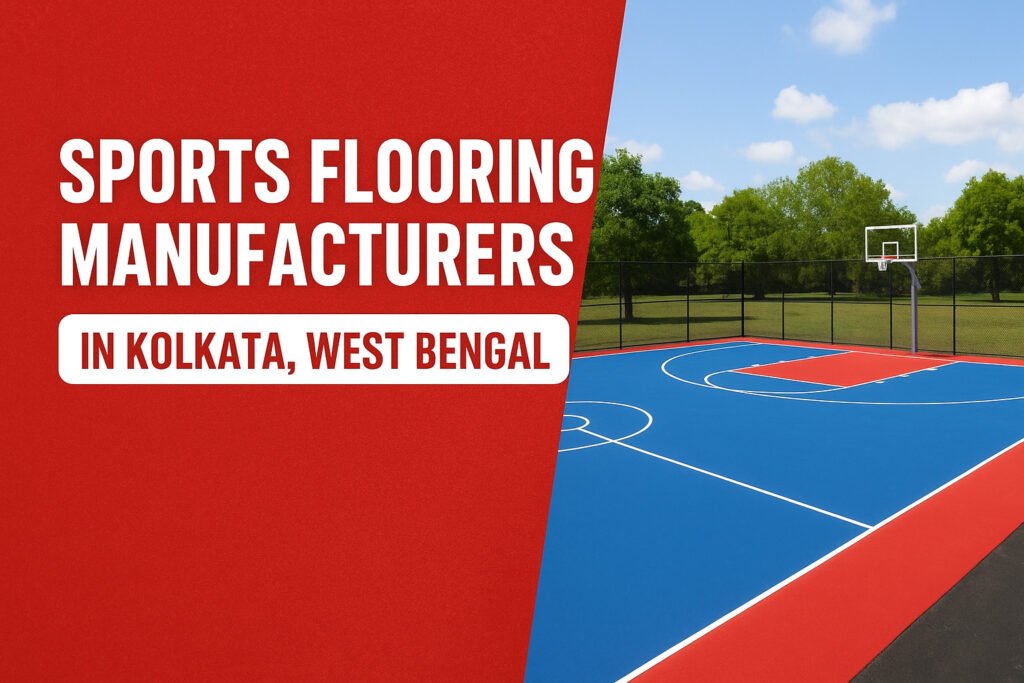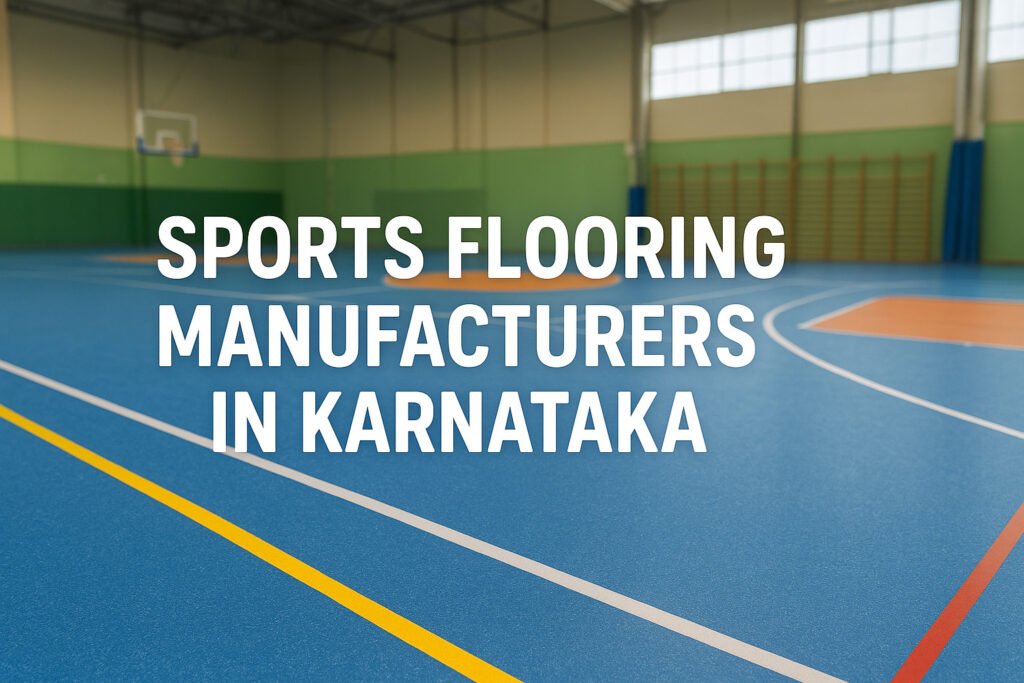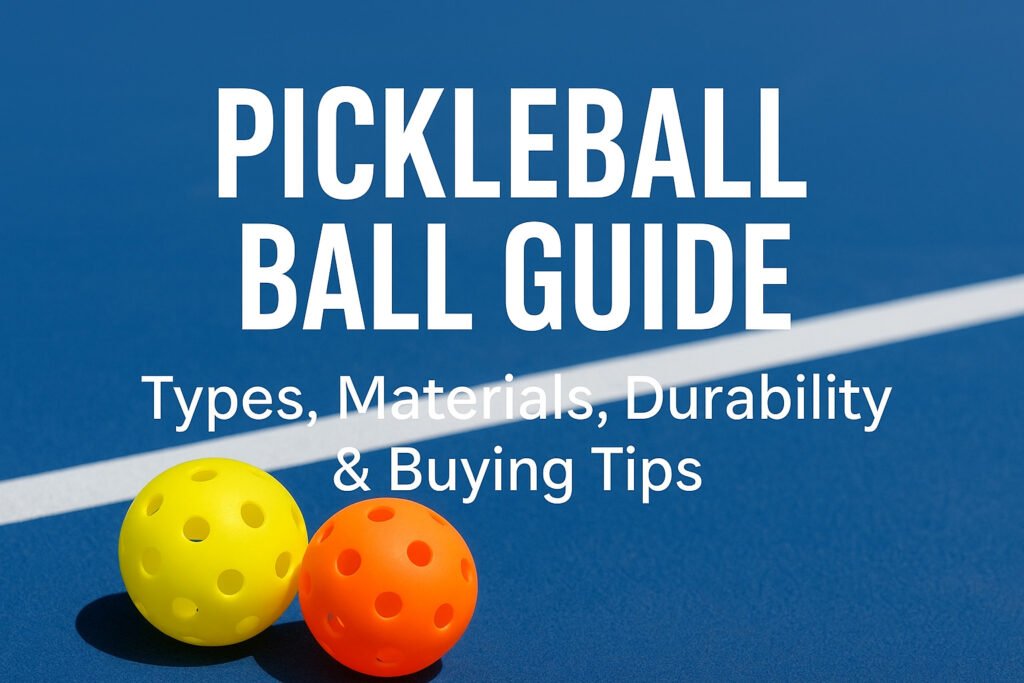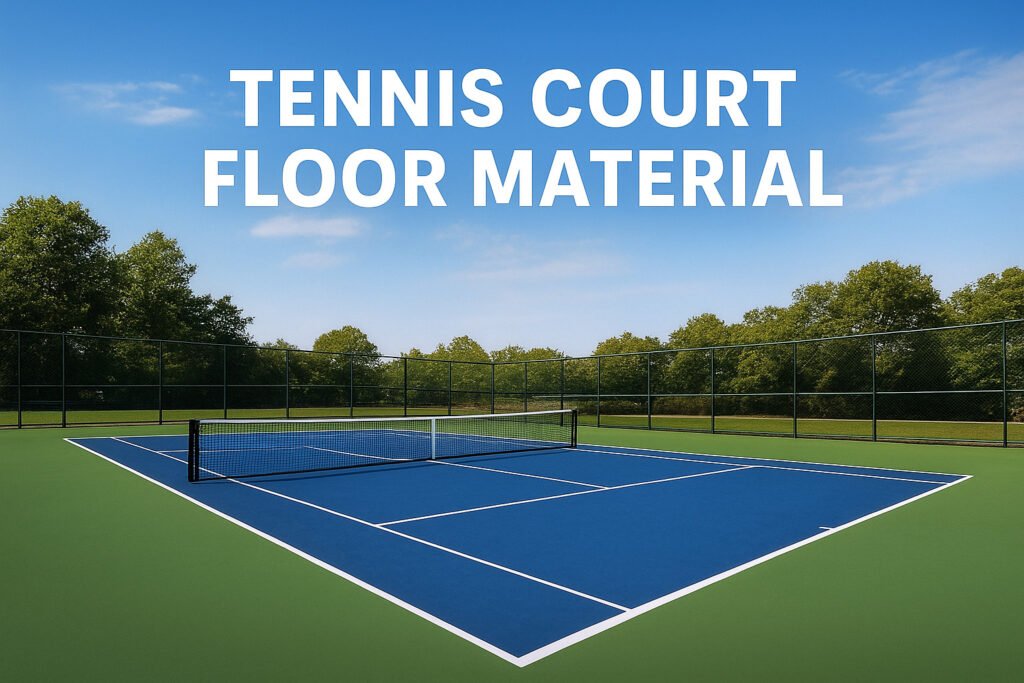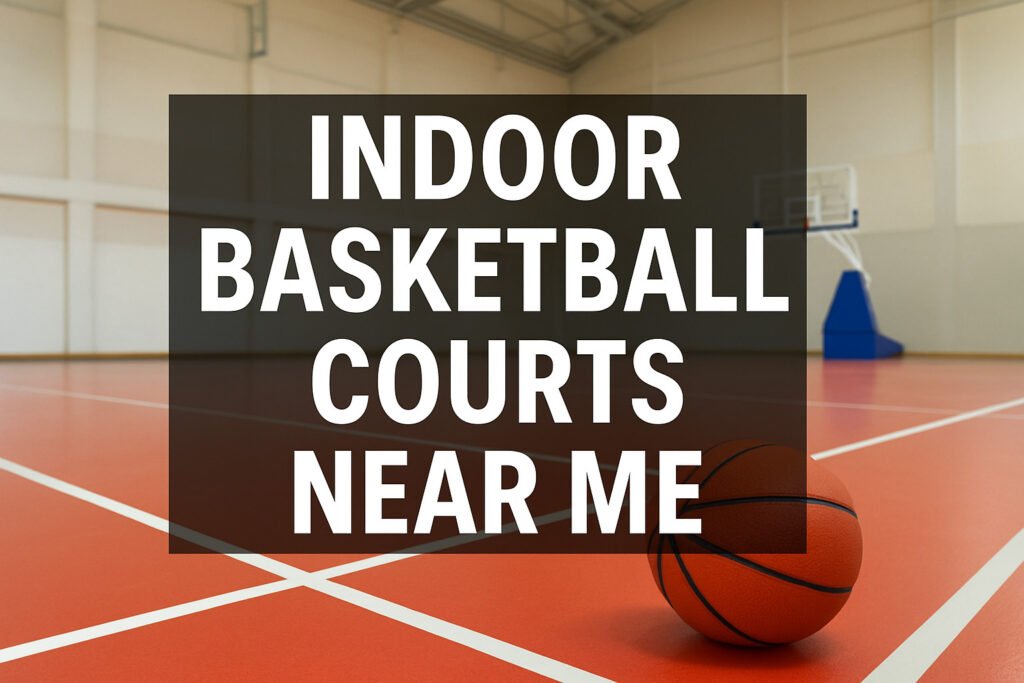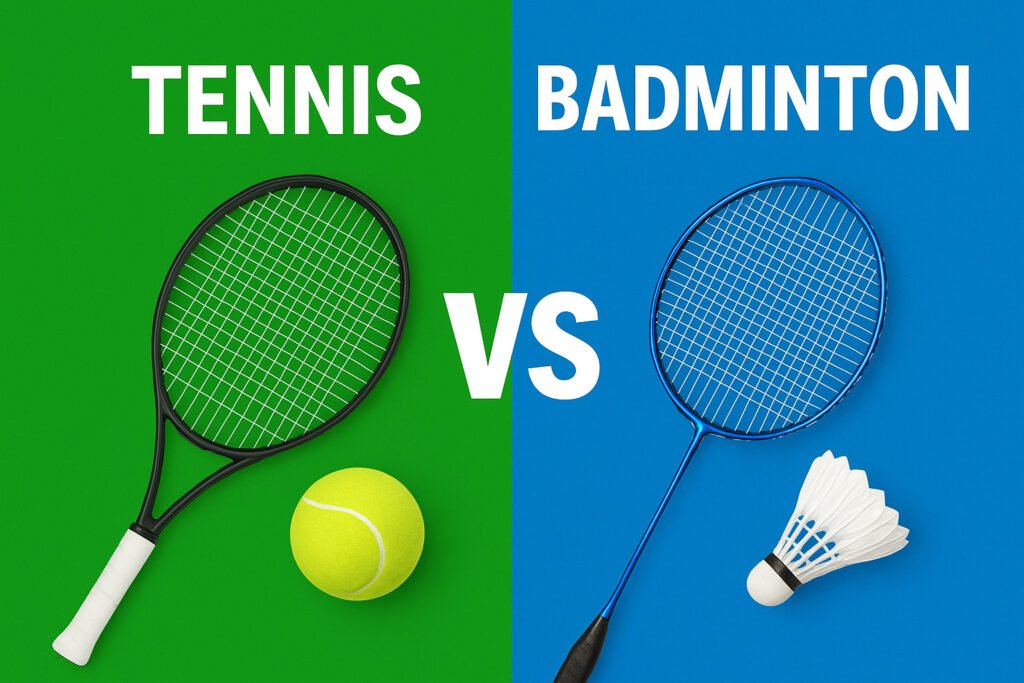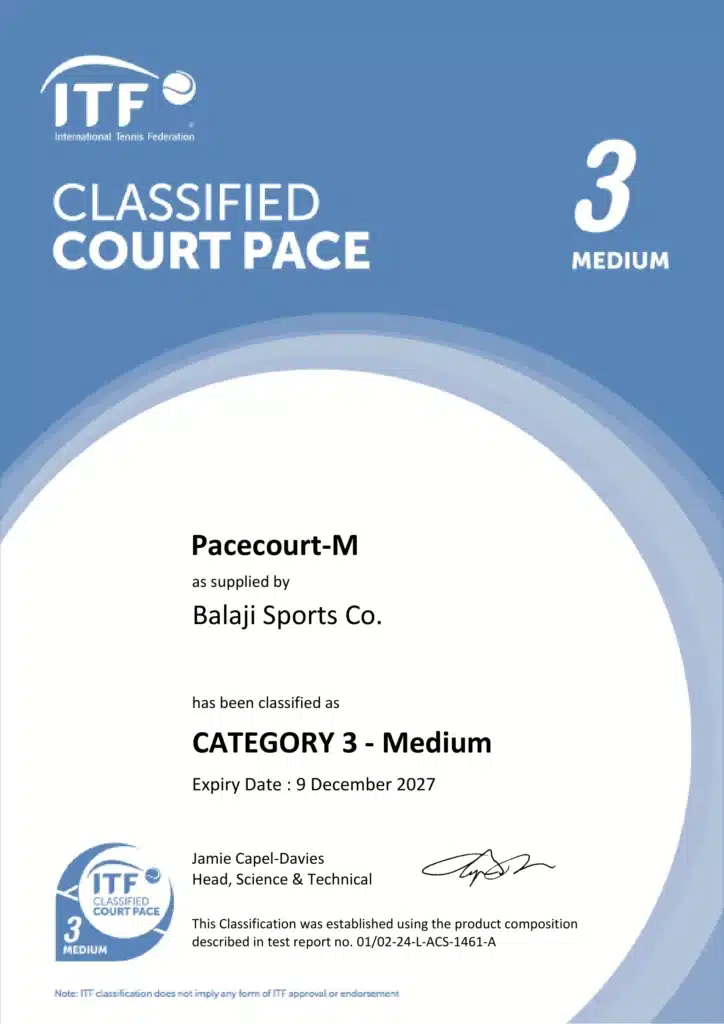Length of Volleyball Court – Complete Dimensions, Markings & Measurements (Updated Guide)
Volleyball is one of the most popular indoor and outdoor sports in the world, and its court dimensions play a crucial role in fair gameplay, training efficiency, and international competitions. Whether you are constructing a new court, renovating an existing facility, or simply learning the game, understanding the official length of volleyball court is essential. This detailed guide explains the volleyball court length, width, zoning, playing area, standards for indoor and beach volleyball, and court measurements for schools and recreational setups. What Is the Length of a Volleyball Court? According to international standards, the official length of a volleyball court is 18 meters (59 feet). Court Type Standard Length Standard Width Indoor Volleyball Court 18 meters (59 ft) 9 meters (29.5 ft) Beach Volleyball Court 16 meters (52.5 ft) 8 meters (26.2 ft) So, the indoor volleyball court is slightly larger than a beach volleyball court. Detailed Volleyball Court Measurement Breakdown ✔ Total Playing Area The official playing area of an indoor volleyball facility should measure: ✔ Free Zone Around the Court Beyond the playing area, a free zone provides space for player movement: Area Measurement Length 18 m Width 9 m Free Zone (sides) 3 m minimum Free Playing Space (height) 7 m minimum Volleyball Court Zones & Markings 🔹 Center Line 🔹 Attack Line (3-Meter Line) 🔹 Service Zone 🔹 Boundary Lines Net Height and Post Positioning Although net height is not part of court length, it’s important for full-court planning. Category Net Height Men 2.43 m (7 ft 11 ⅝ in) Women 2.24 m (7 ft 4 ⅛ in) Boys (U16) 2.24 m Girls (U16) 2.10 m Net support posts should be placed 0.5–1.0 meters outside each sideline. Indoor vs Beach Volleyball Court Dimensions Feature Indoor Volleyball Court Beach Volleyball Court Length 18 m 16 m Width 9 m 8 m Surface Wood/PU/Synthetic Sand Player Count 6 vs 6 2 vs 2 Attack Line Present (3 m line) Not marked Court Dimensions for Schools & Training Academies Many schools and academies use adapted volleyball court sizes based on available space and age group: Age Group Length Width Under-12 Training 12 m 6 m Under-16 Training 16 m 8 m Senior / Tournament 18 m 9 m Why Court Length Matters Understanding and maintaining proper volleyball court length ensures: ✔ Safe player movement✔ Proper training and skill development✔ Compatibility with tournament standards✔ Accurate gameplay and fair rules Incorrect court length can lead to:❌ Tactical disadvantages❌ Player crowding or injuries❌ Ineligibility for events and league matches Construction Tip – Leave Sufficient Run-Off Space If building a new volleyball court, plan the minimum space requirement: | Indoor Court + Free Area | 24 m × 15 m || Beach Court + Free Area | 20 m × 14 m | This ensures safe run-off for professional play.

